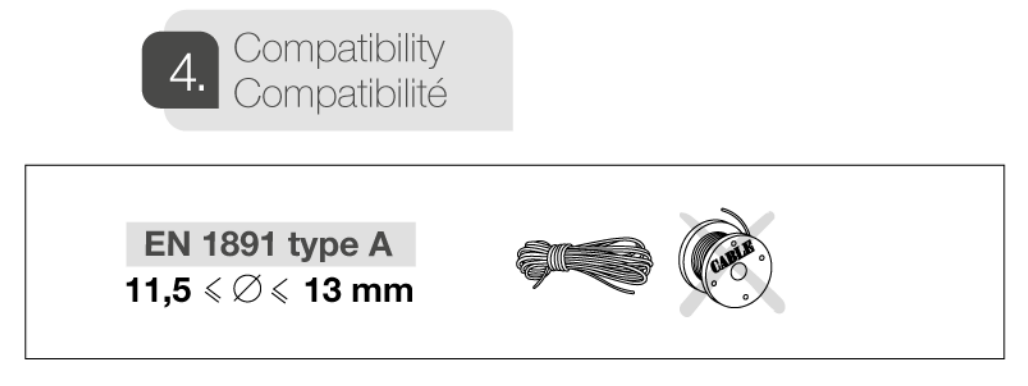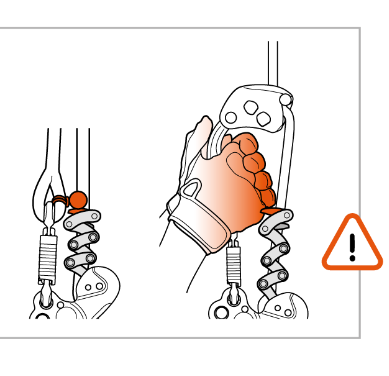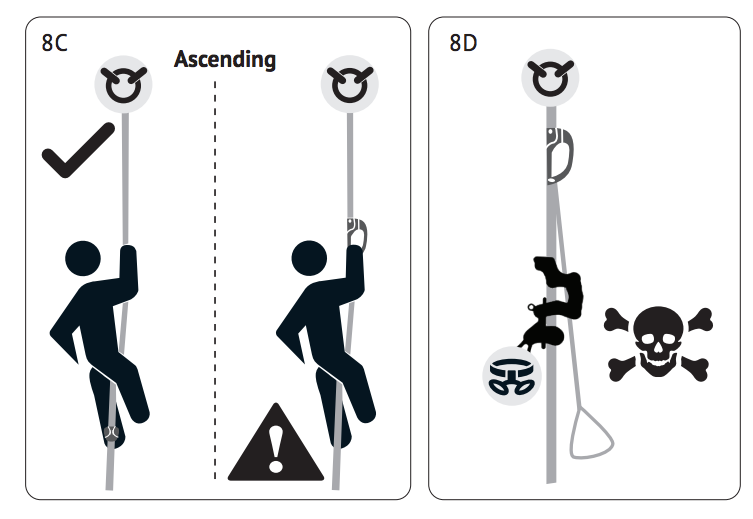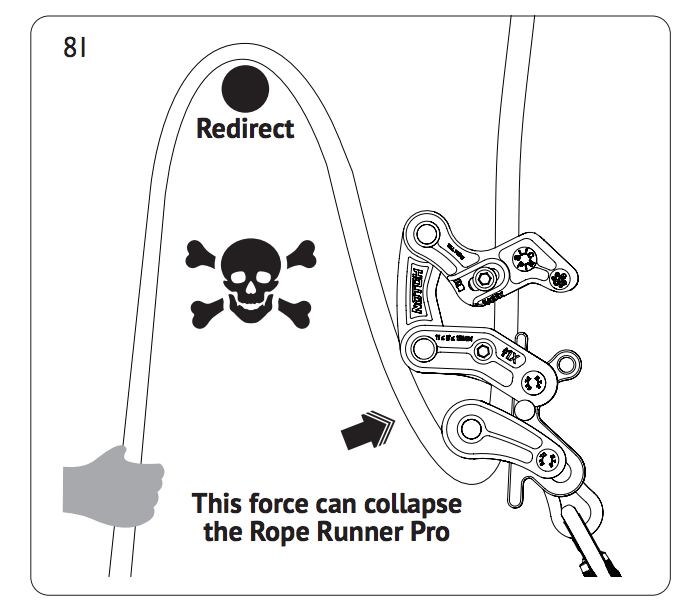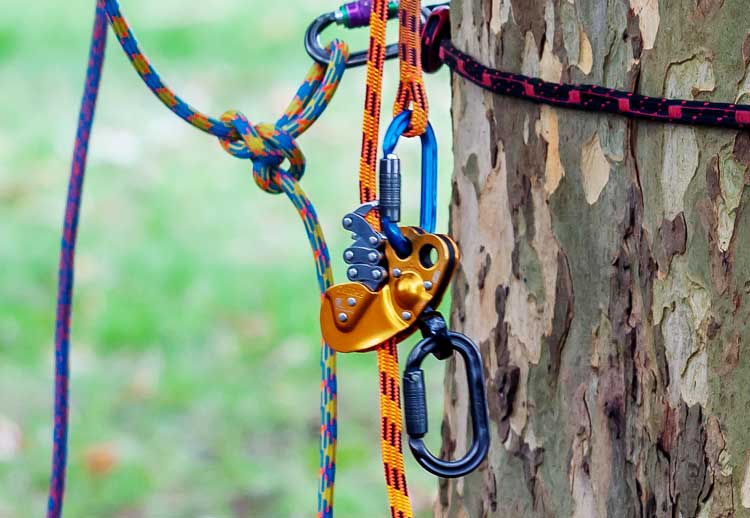
Tree climbing competitions provide multiple benefits to the aerial arborist community. But, one of the most important is the attention to climbing system configuration issues often overlooked in day-to-day tree work.
Misconfigured hardware systems are the most likely culprits, ranging from bad practice to potentially lethal problems.
It is understandable if regional TCC judge's and technicians overlook gear configurations. But with the NZ Arb/Husqvarna TCC Nationals coming up in March, climbers need to be mindful of a more stringent application of the rules.
Below are five misconfiguration issues observed on Saturday at Western Springs's 2021 NZ Arb/Husqvarna Auckland Regional TCC.
1) Petzl ZigZag, incorrect rope diameter (Petzl precaution)
The Petzl ZigZag is specified to run on EN1891A climbing lines 11.5mm - 13mm in diameter. Plenty of climbers substitute with an 11mm climbing line (e.g. Blaze, Velocity, Tendril, Kernmaster etc.), either through ignorance or wanting the device to tend more easily. Unfortunately, apart from the fact that the 11mm diameter is outside the manufacturer's specification, the thinner diameter ropes cause the stainless ZigZag links to wear prematurely. Imagine running Samson ZingIt throwline back and forwards over your wrist a few times, and you will get a general idea.
2) Petzl ZigZag, retrieval ball on splice (Petzl precaution)
It is common for ZigZag users with the patented spliced eyes found in Cousin Atrax or Teufelberger Drenaline climbing lines to keep a retrieval ball permanently attached; the reason is simple, they don't want their rope to disappear through the ZigZag and fall to the ground accidentally. However, Petzl notes this practice as a precaution in the literature, so it is not a good look if you want to impress the judges.
3) Petzl Chicane as hand ascender (Petzl precaution)
When using a Petzl Chicane, you ascend by grasping the rope above the Chicane and ZigZag, with one or two hands either hand-over-hand or pulling down together. The handle on the Chicane is designed for use whilst working in the tree as a stabiliser when branch-walking, helping with balance and the alignment of the user's system. The Petzl pictogram plainly demonstrates the reason for this precaution. The ZigZag/Chicane ascent system is very efficient when combined with a foot and knee ascender (rather than using the Chicane as a hand ascender).
4) Hand ascender/foot loop above the Rope Runner Pro (NOTCH warning)
NOTCH advise users to be extremely cautious when using a hand ascender above the Rope Runner Pro (loosely translated, it's probably best not to do it - ever). NEVER use a hand ascender with the foot tether attached. The hand ascender could become disabled, bringing it into contact with the Rope Runner Pro, collapsing the device and causing rapid uncontrolled descent. The result could be deadly, and this configuration will not pass the gear check.
5) Rope Runner Pro - redirected tail (NOTCH warning)
When traversing from a high point, particularly in a Masters climb, it's common to use the tail of your rope to control the swing. A controlled swing impresses the judges. However, the NOTCH Rope Runner Pro User Manual stipulates you must not use the redirected tail of the climbing line to control your position or descent. Holding the redirected tail can collapse the Rope Runner Pro, causing an unexpected descent, and the tail will move through your hands faster due to mechanical advantage.
Unfortunately, there are multiple opinions on this subject from some of the most accomplished tree climbers globally, including the Rope Runner designer Kevin Bingham, so a clean decision might be hard to come by.
However, the NOTCH Rope Runner Pro User Manual features the skull and crossbones on this caution, so you could justifiably expect a DQ if you use this technique with a Rope Runner Pro in a TCC climb.
Please note: these observations are not a criticism of the event organisation, judges, technicians or volunteers.
